Press text: The ZEISS Batis 2.8/18 expands the Batis range of lenses with a super wide-angle lens.
The ZEISS Batis 2.8/18 expands the Batis range of lenses with a super wide-angle lens.
Preorders:
in USA at BHphoto.
in Europe at Amazon.de. Photo Porst. ParkcamerasUK.
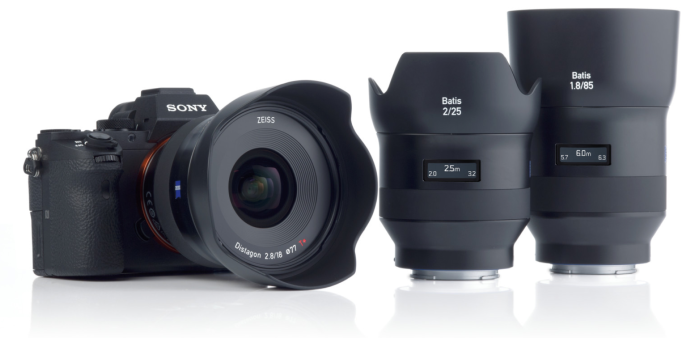
For the Sony α system with E-mount the new lens, which features a diagonal field angle of 99 degrees, is currently the shortest full-frame fixed focal length with autofocus. Capture unique moments with the ZEISS Batis 2.8/18 – manually or with autofocus.
The new ZEISS Batis 2.8/18 with innovative OLED display to show focus distance and depth of field is impressive thanks to its high image quality across the entire image field.
Photographer Christian Dandyk has tested the new ZEISS Batis 2.8/18 and is truly impressed.
“I automatically associate the ZEISS Batis lenses with creative freedom. Because I can concentrate on the composition and don’t have to keep worrying about the technology.”
- ZEISS Batis 2.8/18 sample application – Sony a7RII, f/9, 1/40sec., ISO 100, © Christian Dandyk | High-resolution photo on Flickr
- ZEISS Batis 2.8/18 sample application – Sony a7RII, f/5.6, 1/250 sec., ISO 100, © Christian Dandyk | High-resolution photo on Flickr
“The ZEISS Batis 2.8/18 follows on from the highly successful first two focal lengths the ZEISS Batis 2/25 and the ZEISS Batis 1.8/85. In spite of the extremely wide angle, we have succeeded in adapting the image quality of the ZEISS Batis 2.8/18 perfectly to the two different lens types,” says Dr. Michael Pollmann, Product Manager of ZEISS Camera Lenses.
“With the expansion of the ZEISS Batis family of lenses, we are offering creative and discerning photographers yet another professional tool,” says Pollmann. With the ZEISS Batis 2.8/18 customers can now enjoy the super wide-angle full-frame lens they’ve been waiting for.”
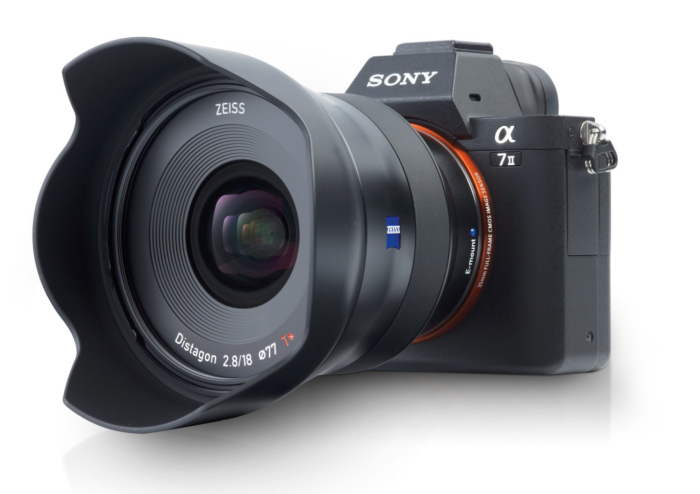
The ZEISS Batis 2.8/18 on the Sony α7 II
ZEISS Batis 2.8/18 sample application – Sony α7R II, f/11, 0.62 sec, ISO 100, © Drew Gardner. | High-resolution photo on Flickr
A broad spectrum of applications
The new ZEISS Batis 2.8/18 is impressive on account of its high image quality across the entire image field. “By virtue of the large diagonal image angle of 99 degrees, this lens is ideal for capturing unique images in landscape, architectural and astro photography and for impressive interior shots of small spaces,” continues Pollmann.
Features for discerning users
The super wide-angle camera lens has 11 lens elements in ten groups and draws on the ZEISS Distagon optical design. Four of the lens elements are aspheric on both sides and seven are made from special types of glass. The Floating Elements design permits constantly high image performance in the focal plane – from the minimum object distance to infinity.
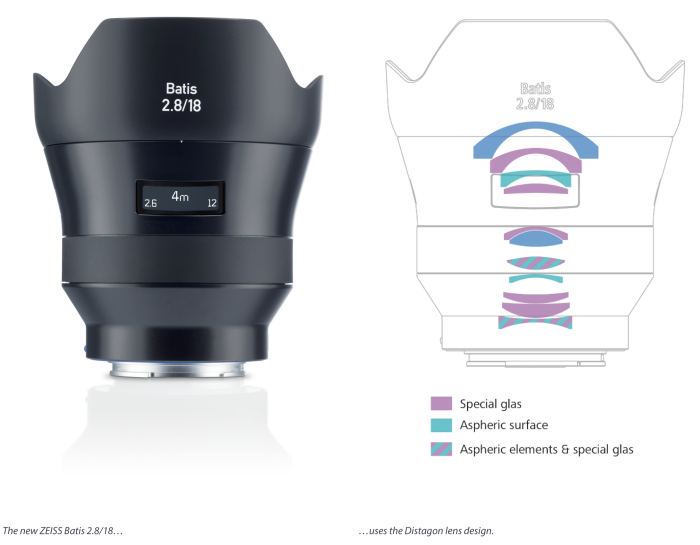
ZEISS Batis 2.8/18 sample application – Sony α7R II, f/2.8, 1/200 sec, ISO 100, © ZEISS | High-resolution photo on Flickr
Innovative OLED display
The new ZEISS Batis 2.8/18 also features an innovative OLED display to show focus distance and depth of field depending on the camera sensor used. “The electronic display is easy to read even in low light,” explains Pollmann.
Precise focusing
The fast, quiet autofocus drive with linear motors keeps the subject sharply in focus. In addition to the autofocus, a handy, rubberized focus ring supports precise manual focusing. This gives the photographers total creative freedom when compositing the image.
ZEISS Batis lenses are also equipped with dust and weather seals, allowing them to be used in even the harshest weather conditions. All ZEISS Batis lenses support all the operating modes and functions of the current range of E-mount cameras.
- ZEISS Batis 2.8/18 sample application – Sony α7s, f/13, 1/1600 sec, ISO 800, © David Clifford | High-resolution photo on Flickr
- ZEISS Batis 2.8/18 sample application – Sony α7R II, f/5.6, 1/800 sec., ISO 500, © Christian Dandyk | High-resolution photo on Flickr
 The origins of the name Batis
The origins of the name Batis
Since 2013, new ZEISS lenses in one series have been given the same family name that conveys a common identity. These family names have been derived from the Latin names for birds. The name Batis is derived from a small bird that is found in the forests and scrub of Africa. These birds are characterized by great speed, excellent reflexes and boast a plumage rich in contrasts. Metaphorically speaking, this also applies to the ZEISS Batis lenses, whose fast autofocus enables photographers to capture stunning shots rich in contrast.
Available from May 2016
Orders are now being accepted for the ZEISS Batis 2.8/18. The lens will be available from May 2016. The recommended retail price is 1,499 € (incl. 19% sales tax)* and 1,499 US$ (excl. VAT)*.
*Status: April 2016
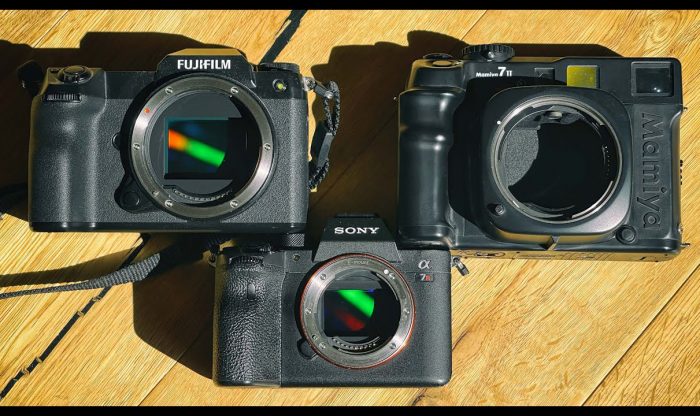
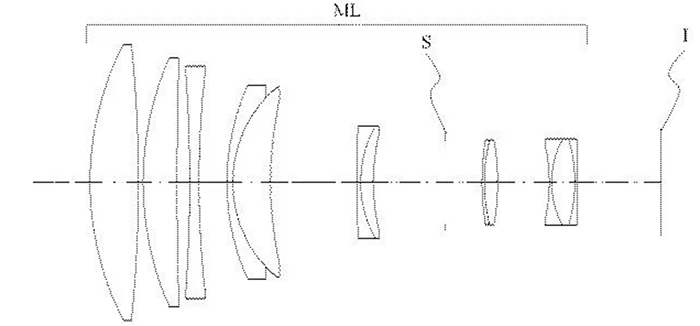
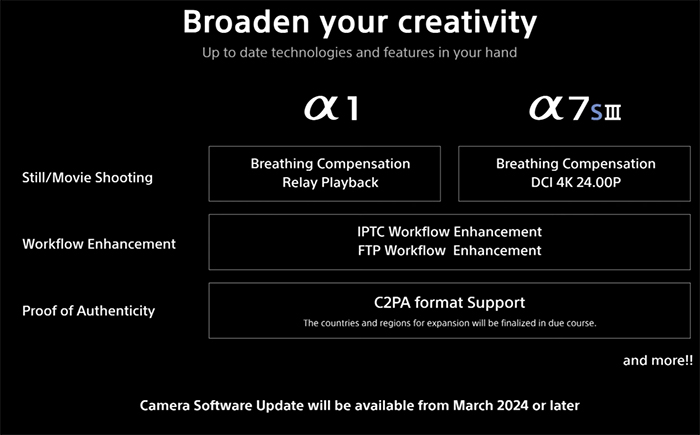








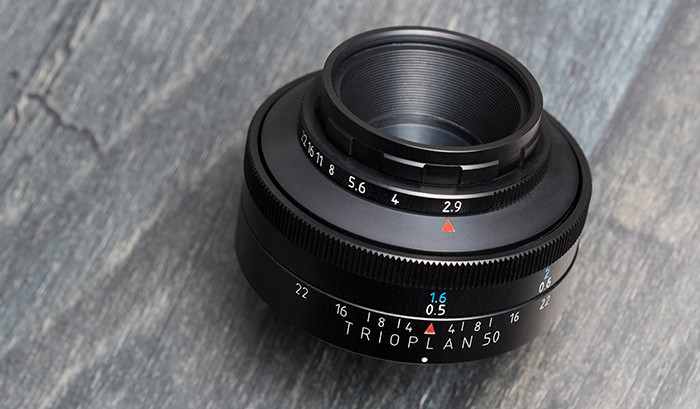
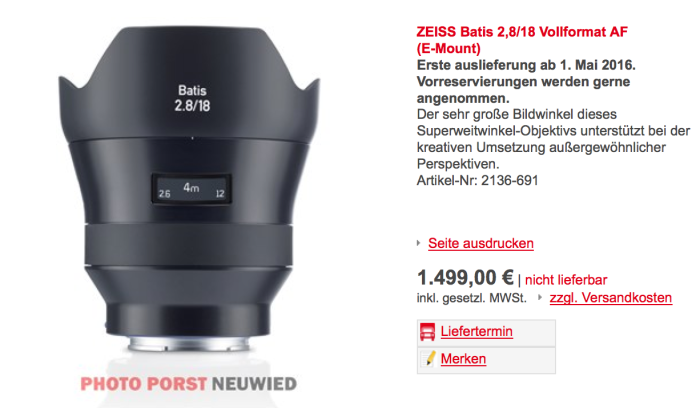
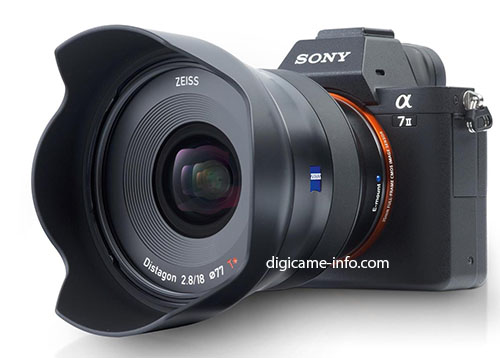
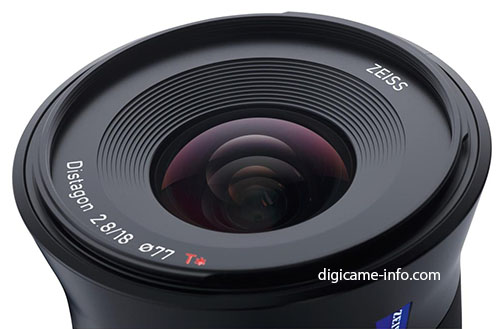
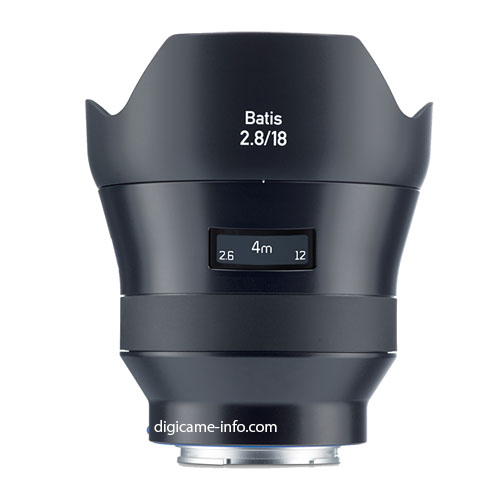
 [/shoplink]
[/shoplink]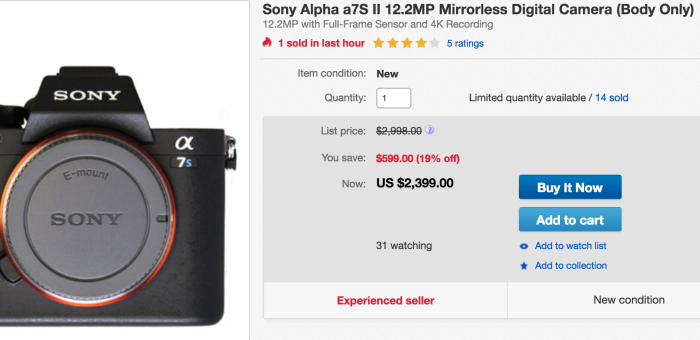 [/shoplink].
[/shoplink].